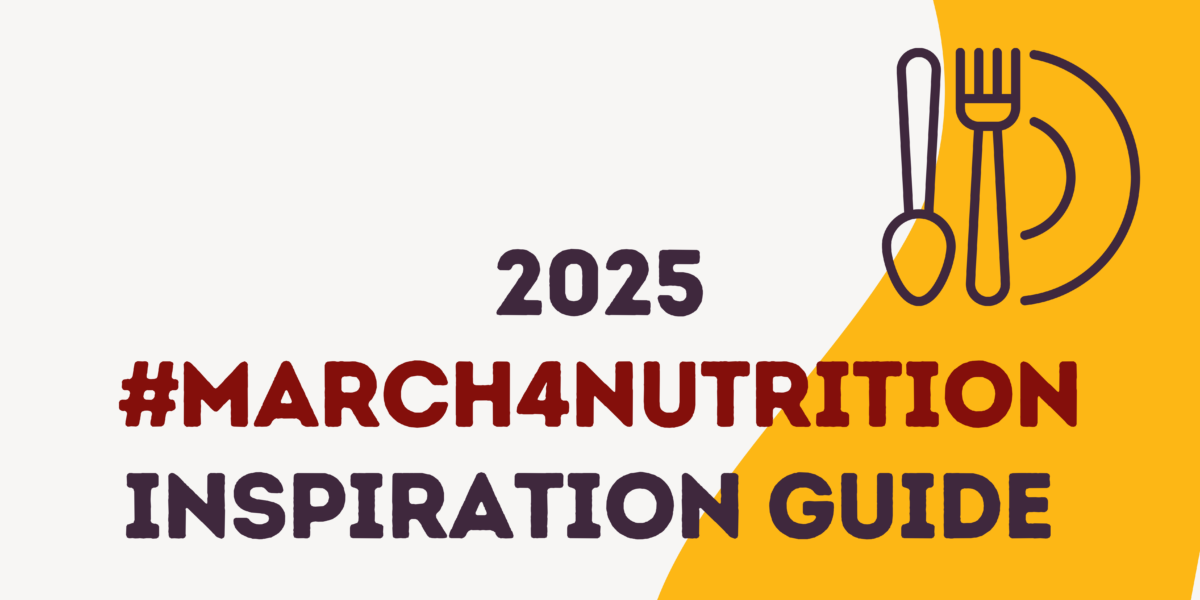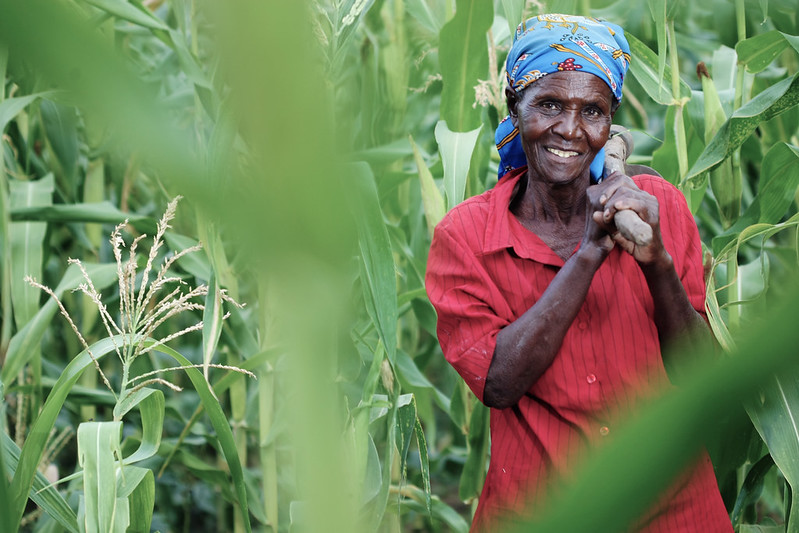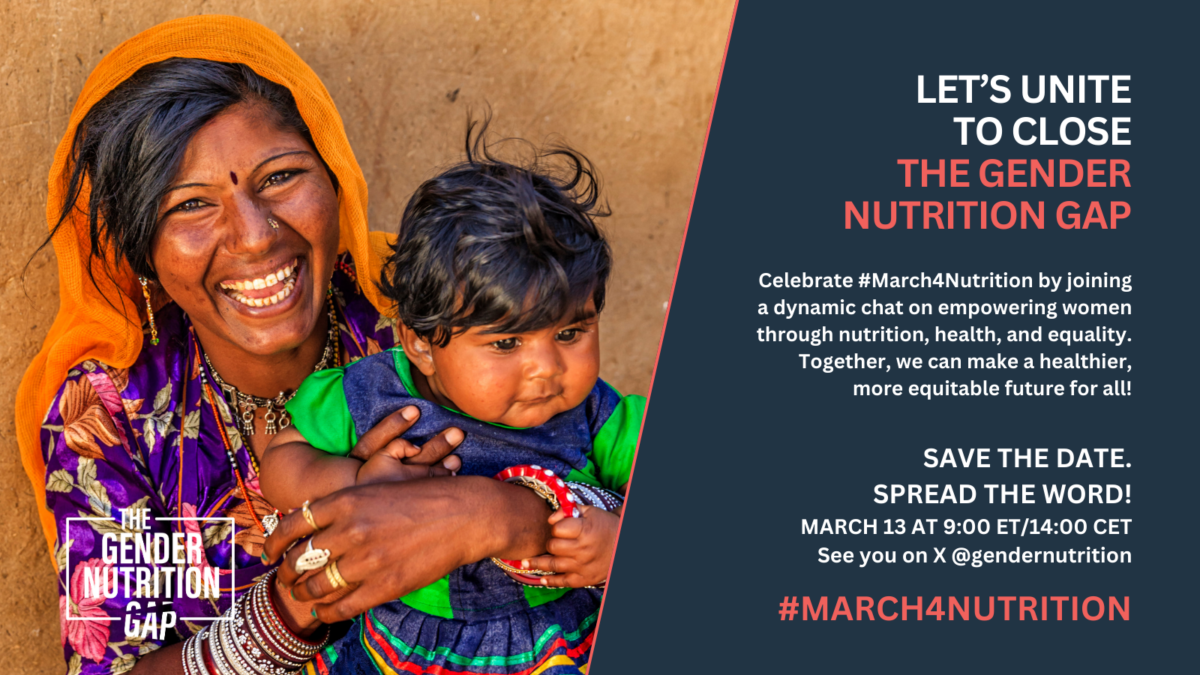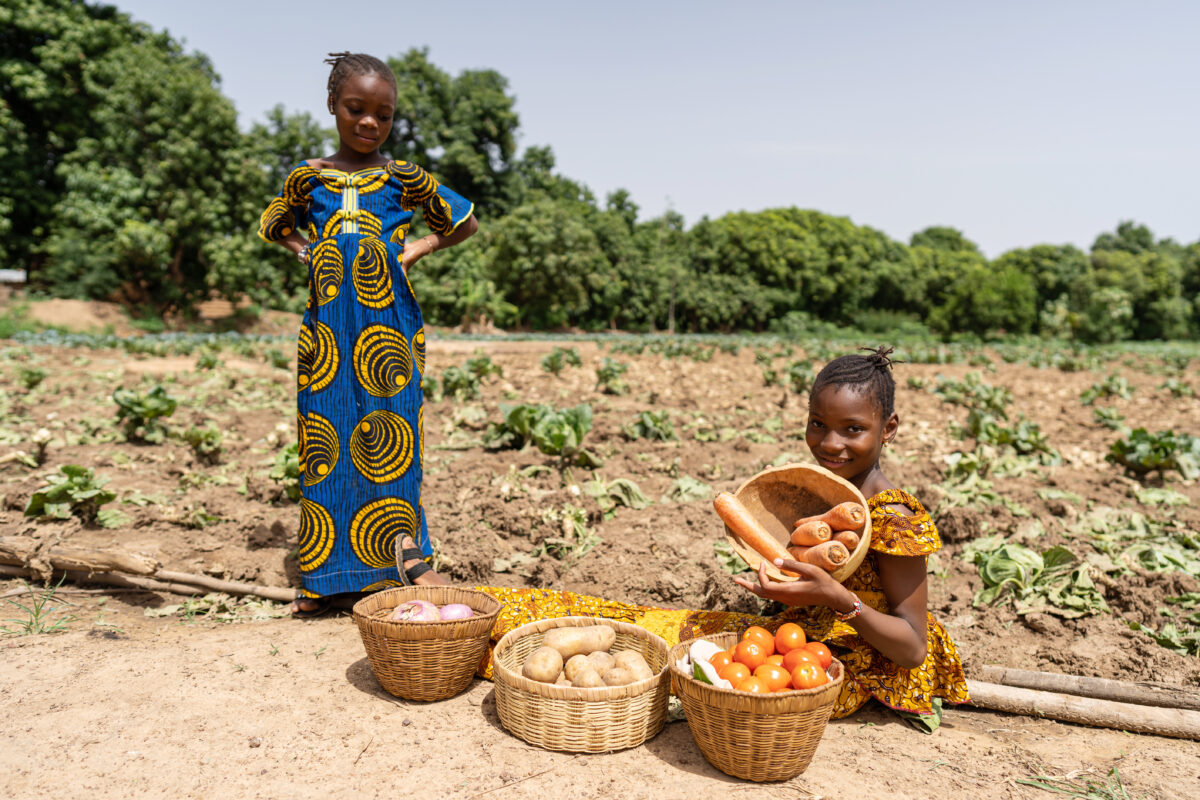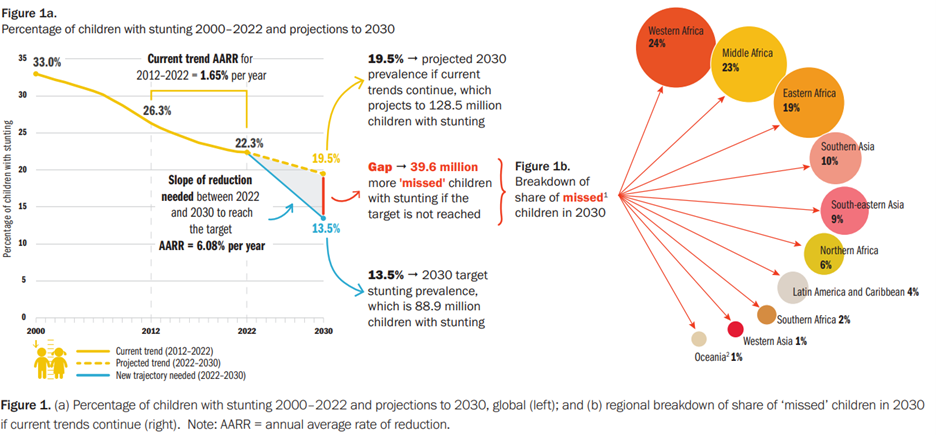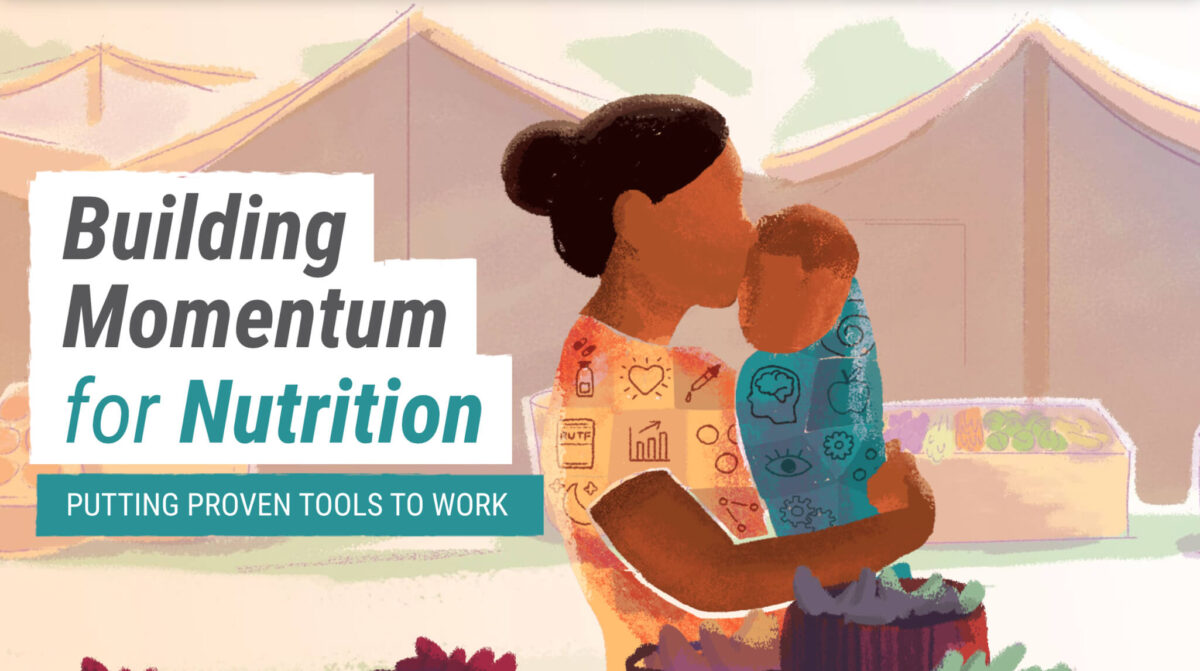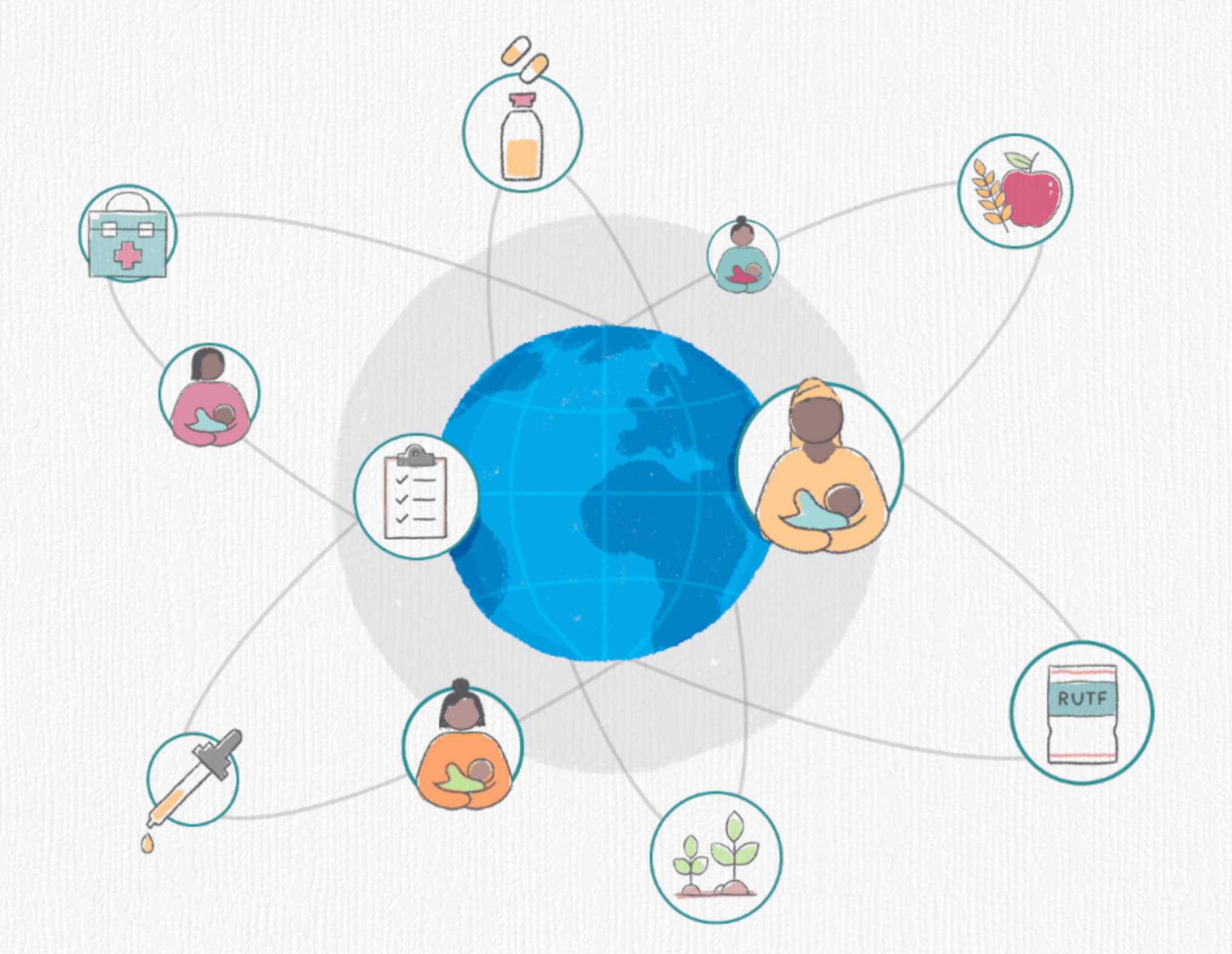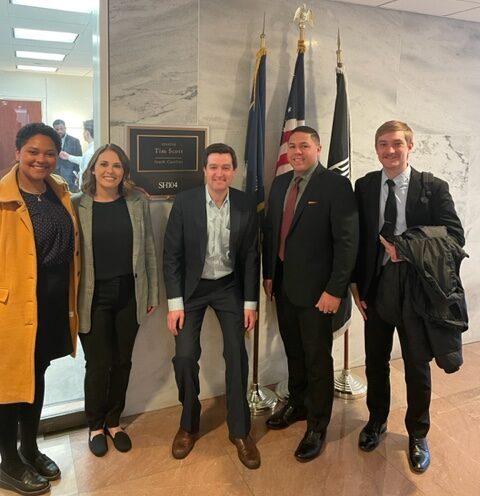World Food Day 2023 looks similar to recent past food days as the world continues to grapple with high rates of food and nutrition insecurity due to long lasting impacts of the pandemic, climate shocks and stressors, conflict, and inflation. Although much attention has been paid to rising rates of malnutrition, unfortunately, in 2023, malnutrition continues to impact tens of millions of children around the world. New child malnutrition estimates from UNICEF released in May 2023 found that stunting impacted 22.3% or 148.1 million children under 5 globally and wasting threatened the lives of 6.8%, or 45 million children under 5 globally.
To meet the Sustainable Development Goals related to food security and nutrition, targeted interventions and significant investments must be made to reverse the current malnutrition trends and speed up progress. Due to the compounding crises impacting malnutrition, it is estimated that to stay on track with reaching global nutrition targets, at least $10.8 billion each year from 2022 to 2030 is needed.
A new study published just last week in The Lancet shows how dire nutrition needs are, specifically within the 1,000-day window. These new data from WHO, UNICEF, and the London School of Hygiene and Tropical Medicine found that 1 in 10 babies worldwide are born early, with major impacts on health, survival, and eventual economic impact. Since prematurity is the leading cause of death in children’s early years, there is an urgent need to strengthen prenatal care for mothers that protect both mom and baby, focus on malnutrition prevention in early life, and provide postpartum care that nurtures mom and supports breastfeeding.
In addition to the efforts to treat malnutrition, further attention should be paid to prevention of malnutrition in the first place. Over the last year, USAID has not only released the implementation plan for the Global Malnutrition Prevention and Treatment Act (GMPTA), but also released a position paper on child wasting in June 2023 which outlined specific, actionable steps on how the USG will continue its investments and commitments to reduce and prevent malnutrition globally. Some of these steps include: strengthening nutrition as part of primary health care, building a better understanding of the specific pathways through which food systems can most effectively and efficiently prevent child wasting, improving access to RUTF for treatment and SNFs for prevention, supporting the development of sustainable financing strategies for health systems and the procurement of SNFs, and conducting joint cross-sectional and cross-bureau analyses and/or implementation research in nutrition priority countries.
Necessary investments would help to close the nutrition insecurity gaps seen in the most vulnerable populations, including women and children. Our advocacy community continues to seek additional monetary investments from the US Government to improve nutrition security. Malnutrition is the underlying cause of nearly half of all childhood deaths under 5, however, it only received under 1.5% of US global health funding in FY2023 while AIDS, malaria, and tuberculosis collectively netted roughly 72%. For FY24 funding requests, our global nutrition advocacy community requested $300M for the nutrition sub-account which would save the lives of 30,303 children annually according to the World Bank’s Nutrition Investment Framework. Efforts to reduce funding for this account undermine progress made to address malnutrition and will put lives at risk.
As Congress continues to draft FY24 appropriations bills ahead of the November 17th continuing resolution deadline, we urge them to protect and defend investments aimed at improving the health and nutrition of vulnerable populations, like women and children, particularly in the first 1,000 days. In addition, FY25 budgets and appropriations bill should include investments that both prioritize preventing and treating malnutrition. To accelerate progress on preventing and treating malnutrition, Congress and the US Government must solidify their role as a leader in putting health and nutrition first.

